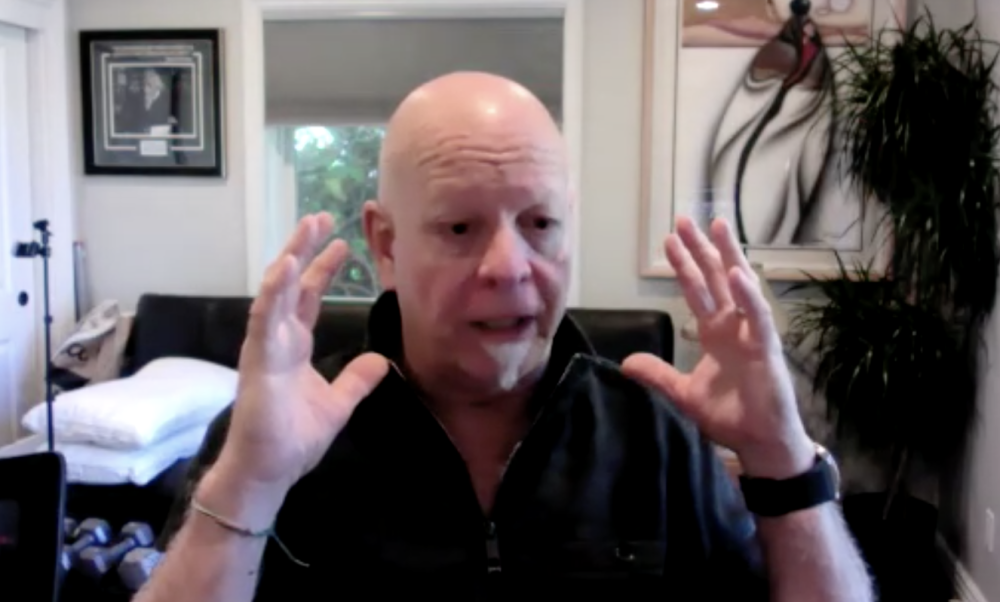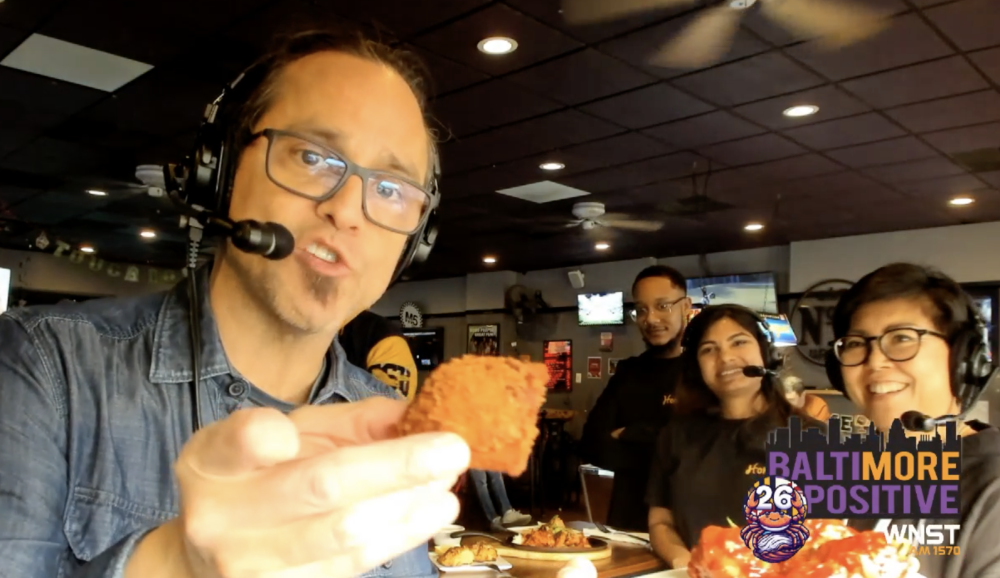This is one very old-world part of the American workforce that isn’t just male dominated — it’s male owned. There has never been a female NFL scout in the history of the league, which is a statement about the “maleness” of this routine and lifestyle, but also about the codes, ethics and conversations that are made when scouts get together. Incidentally, there are also no female coaches in the NFL.
The science of all of it is fascinating if you’re a college football fan and an NFL fan and you’re wondering how the skill sets translate. The sheer volume of measureable information amassed is astonishing.
In examining the architecture of the 2012 season and the Super Bowl-winning team, it literally can be traced back to the birth of the franchise when Newsome drafted Ray Lewis with the 26th pick of the first round a generation ago. So, a decision made in April 1996 was still benefitting the Ravens in winning a championship in January 2013. That’s kind of astonishing when you think about the yield of one decision.
It’s been a deft combination of solid drafts and strategic free agency signings that led the Ravens to the Super Bowl XLVII win.
Ed Reed came in 2002 followed by Terrell Suggs in 2003. The 2004 and 2005 draft classes were poor but one pick outlines the Ravens’ philosophy and it played a huge factor in the 2012 season.
The Ravens selected center Jason Brown from North Carolina with pick No. 124 in the 4th round in the ’05 draft and he played well for four seasons, including Flacco’s rookie season in 2008. But in early 2009, the St. Louis Rams offered him a five-year, $37.5 million contract (with $20 million guaranteed) and Brown just didn’t represent that kind of value or salary cap number for the Ravens at the center position.
The same month, veteran center Matt Birk was cut loose by the Minnesota Vikings after 11 seasons and six Pro Bowls. At 32, he was clearly a bit of a risk and wasn’t thought to be a long-term solution, but was willing to sign a three-year, $12 million deal and came to Baltimore supremely motivated to win a Super Bowl. Birk recognized all of the assets the Ravens had coming off an AFC Championship Game loss with a rookie quarterback and moved his family from his childhood hometown in Minneapolis to become part of winning a Super Bowl in Baltimore four years later.
If Joe Flacco was essential in the Ravens winning a Super Bowl, Birk was the unheralded, calming veteran influence that was easy to not notice. He was a mainstay, playing through pain, the aging process and he never missed a game. He was a Harvard graduate. He was a grown-up, a leader and a seven-time “Man of The Year” for the Minnesota Vikings.
“I just remember when we lost Jason Brown [in the spring of 2009], and they were saying, ‘We have a chance of getting Matt Birk.’ I said, ‘You have to be kidding me. This is one of the great centers of all time,’ ” said Cam Cameron during the early part of the 2012 season. “He’s one of these guys that you look at his age [36], but then you watch him play; I don’t think anyone is saying that you are going to take advantage of this guy. He plays young. He’s young-minded. We are very fortunate to have him. It’s one of those cases where it’s an honor to be around him and coach him. He sets the table for everything we do. I think he and Joe [Flacco] have tremendous chemistry. He’s a coach’s dream to have at center and leading your offense.”
So instead of signing what amounted to a fantastically scouted, well-coached, homegrown, good guy like Jason Brown for too much money, Newsome looked elsewhere and found a gem in Birk on the veteran free agent market. Oh, and he also received a compensatory draft pick in the 2009 draft from losing Brown that was used to select defensive lineman Arthur Jones, who helped the Ravens win Super Bowl XLVII. Once again: right player, right price, right value.
Meanwhile, Brown, who the Ravens never really felt loved football, played three seasons with the dreadful 10-38 St. Louis Rams and was out of the NFL in early 2012.
In 2006, the Ravens drafted Haloti Ngata, on a day where bad blood was created between Newsome’s crew and their former scouting director Phil Savage, who was running the Cleveland Browns.



























